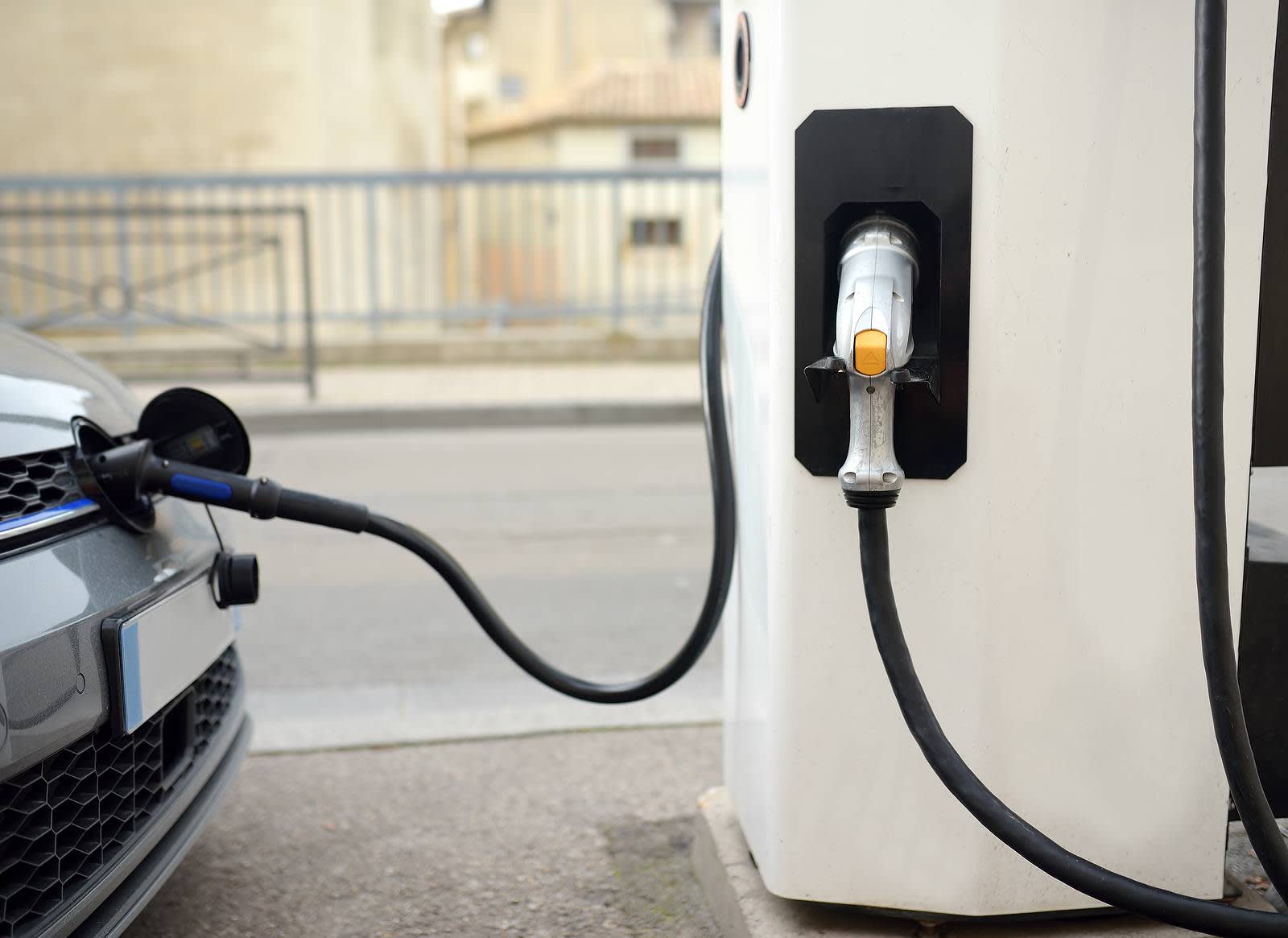How fleet electrification can deliver against your organisation’s strategy
The reasons to electrify your vehicle fleet are clear. Organisations recognise that the benefits include long-term cost savings, preparation for the Government’s 2030 ban on the manufacture of internal combustion engine (ICE) vehicles and significantly reduced emissions.
But to persuade your organisation’s decision makers not only of the importance of electrification – but of the importance of taking action now – you may need to personalise your argument.
Studying your organisation’s vision, its purpose and its strategy holds the key to creating a bespoke business case that’ll have an impact at C-level. Identify your organisation’s short and long-term goals, and use the pointers below to tailor your proposal so that it shows how electrification can deliver against your organisation’s strategy.

Financial sense
In any proposal or business case, you’ll need to prove taking actions makes financial sense.
An EV fleet is cost-saving, within a mid-to-long-term timeframe. There’s no hiding that EV purchase prices are higher than those for traditional ICE alternatives. However, electrification holds the potential for savings, too.
EVs can lower operating spend by significantly reducing fuelling costs, and the maintenance of an EV fleet generally costs up to 70% less than an equivalent ICE fleet.
EVs also offer tax benefits and toll, levy and congestion/clean-air charge exemptions designed to incentivise conversion. An electrification partner like Drax will consider all of these factors in calculating total cost of ownership (TCO) in a comparative cost analysis.
Environmental targets
The majority of organisations feature sustainability goals prominently in their strategy.
Fleet electrification can make a significant contribution to hitting sustainability targets. Battery EVs show a better reduction in emissions (compared to ICE vehicles) over the lifecycle when accounting for production, use, and recycling. Going electric eliminates particulate pollution and so improves air quality.
These are important considerations for organisations that want to:
- Reduce their overall energy consumption
- Have a positive impact on the environment
- Meet current and expected future regulations relating to carbon emissions and reporting
Health & Safety objectives
If your organisation’s values identify employees’, suppliers’ and customers’ safety as a key concern, electrification can help.
Fewer components allow for more flexibility in electric vehicle design, and the position of an EV’s battery pack on the bottom of the vehicle provides more crumple zone space. The lower centre of gravity due to the battery position also improves handling and can help to prevent rollover accidents.
Safety features including lane assist and vehicle sensors provide improved visibility. Remote software can update these capabilities as the technology develops. Future electric vehicles will be automated, removing the risk of human error while driving.
Reputational concerns
Public concern about the threat of climate change translates into demands from customers and investors. This brings the role of corporate communications into the mix of internal influencers and stakeholders.
While regulatory compliance matters, for many other companies the opportunity to become an industry leader can be a powerful motivator to make the transition to an electric fleet.
Certain organisations might expect suppliers working for them to show evidence of carbon emissions reduction now and in the future. Plus, at a practical level, customers and prospects might expect to plug into your charger when they visit.
Motivational / Employer brand aims
More than a nice-to-have, your company may have explicit goals for attracting talent and motivating existing employees.
Visible acts of forward-thinking and progress, like transitioning to an electric fleet, are sources of pride. It’s not just millennial and Gen-Z future employees who are attracted to work for a progressive company, either.
Read our articles on analysing your organisation’s electrification suitability and building the business case for electrification to help you supercharge your proposals.
Disclaimer
We’ve used all reasonable efforts to ensure that the content in this article is accurate, current, and complete at the date of publication. However, we make no express or implied representations or warranties regarding its accuracy, currency or completeness. We cannot accept any responsibility (to the extent permitted by law) for any loss arising directly or indirectly from the use of any content in this article, or any action taken in relying upon it.


